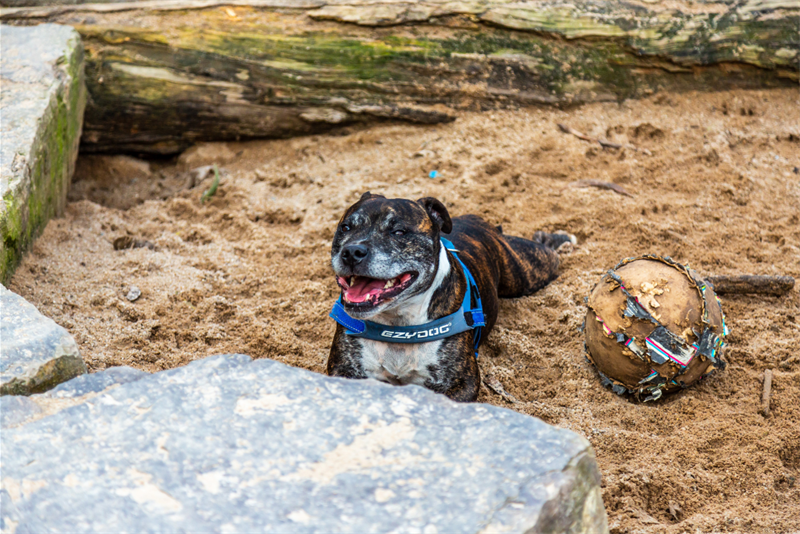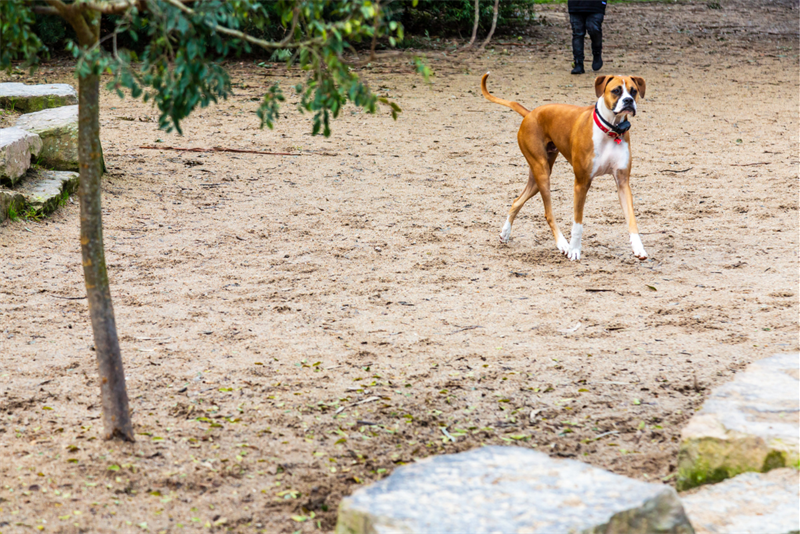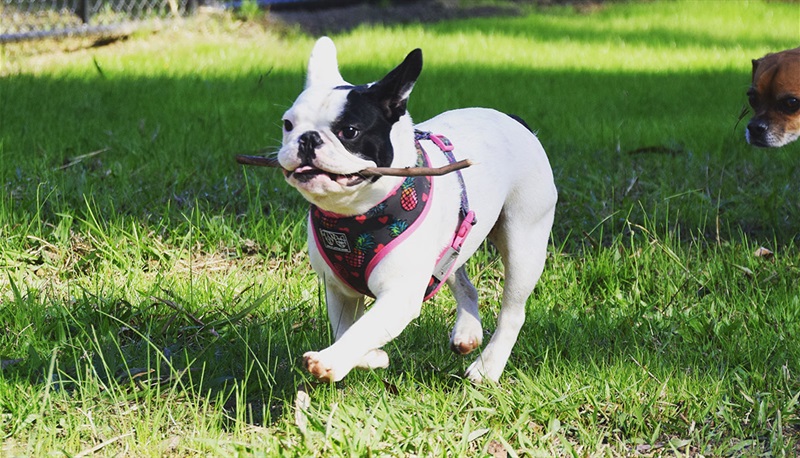Dog Park dos and don’ts

Parkwood Dog Park in Ringwood North and Eastfield Dog Park in Croydon are both great spots to take your dog for some off-leash socialisation and exercise. However, it’s important to follow a few basic ‘do's and don’ts’ to ensure your dog’s day out remains a paw-sitive experience for everyone.
Dog parks and off-leash areas offer dogs and their companions a great opportunity to bond and socialise, but with that fun also comes responsibility, says animal behaviourist Michelle Lynn.
“Fenced dog parks can be a fantastic play area for owners to take their dogs so they can stretch out their legs and get some mental stimulation, knowing they won’t take off,” she says.
However, not every dog is cut out for dog-park play – and that’s okay.
“If your dog is aggressive or overly fearful of other dogs, it’s probably wise to stay away from dog parks unless you’re working with a trainer who can supervise your visits,” says Michelle.
Here are a few simple ‘dog park etiquette’ rules to follow when visiting the dog park or any one of Maroondah’s off-leash areas, with some advice from Michelle Lynn on reading a dog’s body language and behaviour:
Do's

Supervise your dog’s play
Once inside, it’s your job to keep an eye out for your dog and know where they are at all times.
Michelle says not to let yourself be pre-occupied or distracted. “It’s great to meet and socialise but don’t spend so much time chatting that you lose track of what’s going on between your dog and others.”
It might also be wise to switch your smartphone off if you feel it will be a source of distraction.
Letting your dog off-lead
Michelle advises to remove your dog’s leash once you enter the park, as mixing on-leash with off-leash dogs may cause stress in leashed pets, which may lead to aggression.
What’s more, dogs can sense when their owner is feeling tense. “If you pull on their lead you’re telling the dog something is wrong, when there may not be,” she said.
Be sure to always keep your lead with you, even in off-leash areas, as you may need to quickly remove your dog from an unpleasant situation.
Pick a suitable time to visit
If you’re visiting for the first time, perhaps arrange to take your dog during non-peak times (mornings, weekday evenings and weekends are usually busiest) to allow you and your pet to get acquainted with the environment without the stress and distraction of multiple dogs.
Basic commands
Your dog should be responsive to basic cues, things like: ‘come’, ‘sit’ and ‘stay’, so you can keep them under effective control and, if necessary, prevent them from harassing others.
Monitor body language
Remember that not all dogs enjoy playing with others. Some dogs enjoy park play as youngsters, but less so as they mature. We need to monitor the dogs visual signals to tell us our dog is okay.
Michelle says a stressed dog will often return to its owner for help. Tell-tale signs that your dog may be feeling stressed, uncomfortable or anxious:
- tail between the legs
- rolling onto their backs in submission
- urinating.
If your dog is displaying one or more of these signs, remove them from the park and perhaps try visiting another time when it’s not as busy.
To sniff or not to sniff
For a dog, smell is their dominant scent. How dogs conduct themselves when sniffing, or being sniffed, is key to harmonious canine relationships.
Michelle says a successful mutual butt-sniffing greeting will usually disarm any potential aggression between two well-adjusted dogs. However, for dogs that haven’t been properly socialised, this can sometimes lead to a combative meeting.
Signs your dog (or others) may be feeling threatened or nervous, or in danger of attacking:
- growling
- ears back
- tail held high
- stiff front legs.
If in doubt, keep moving your dog along.
Pay attention to your dog’s interactions
Dogs are curious by nature. Add a dog park into the mix, and suddenly they’re in a heightened sense of arousal. Are there too many dogs crowded together? Do the dogs surround any new dog that arrives?
Michelle says that each time a new dog enters the park, it changes the balance of things. To avoid any dog park dramas, keep away from potential problematic situations.
Observe and obey posted park signage
Parkwood Dog Park and Eastfield Dog Park both have a designated area for younger and timid dogs or those who just need some time out. Use these areas accordingly as it is provided for their comfort and safety.
Don’ts

Don’t leave dog poo behind
Know when your pooch has pooped so you can scoop and dispose of it properly. Leaving messes isn’t just unsightly, it’s unsanitary. And with bags and bins readily available, there’s no excuse.
Don’t enter the park if your dog is unvaccinated, aggressive or on heat
If your dog is less than six months old, not up to date with vaccinations or cannot be kept under effective control/prone to aggression, these dogs should be left at home.
Bringing a dog in heat or without the social skills to a dog park can create fights and distractions for other dogs.
Puppies that aren’t fully vaccinated are at higher risk of contracting diseases. As well as lacking the basic social skills, they are also more vulnerable to situations that can leave them feeling overwhelmed.
Don’t bring in food and treats
It’s best not to bring treats into the park, warns Michelle. If your usual practice is to reward your dog using treats, try giving them verbal praise instead to reassure them they have still done a good job. Similarly, you should never feed treats to other dogs, you may upset their dietary requirements or training.